Name William Everson | Role Poet | |
 | ||
Books Birth of a poet, The crooked lines of G, The excesses of God, Prodigious thrust, Naked heart | ||
san joaquin by william everson
William "Bill" Everson (September 10, 1912 – June 3, 1994), also known as Brother Antoninus, was an American poet of the San Francisco Renaissance and was also a literary critic, teacher and small press printer.
Contents
- san joaquin by william everson
- William everson the shaman s call by steven herrmann
- Beginnings
- As a poet thinker and man
- References
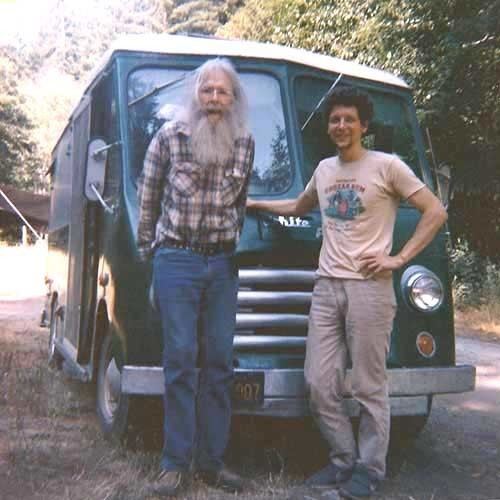
William everson the shaman s call by steven herrmann
Beginnings

Everson was born in Sacramento, California. His Christian Scientist parents, both of whom were printers, raised him on a farm outside the small fruit-growing town of Selma, which is south of Fresno in California's San Joaquin Valley. He played football at Selma High School and attended Fresno State College (later California State University, Fresno).
As a poet, thinker and man
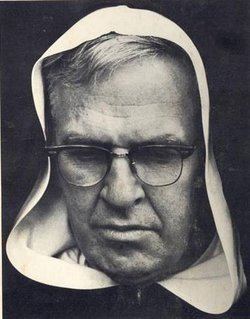
Everson was an influential member of the San Francisco Renaissance in poetry and worked closely with Kenneth Rexroth during this period of his life. Throughout his life, Everson was a great admirer of the work and lifestyle of poet Robinson Jeffers. Much of his work as a critic was done on Jeffers's poetry. Everson considered Jeffers to be his Master.
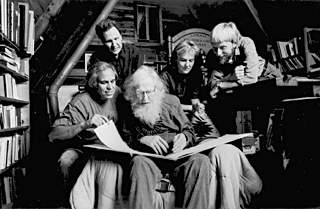
Everson registered as an anarchist and a pacifist with his draft board, in compliance with the 1940 draft bill. In 1943, he was sent to a Civilian Public Service (CPS) work camp for conscientious objectors in Oregon. In Camp Angel at Waldport, Oregon, with other poets, artists and actors such as Kemper Nomland, William Eshelman, Kermit Sheets, Glen Coffield, George Woodcock and Kenneth Patchen, he founded a fine-arts program in which the CPS men staged plays and poetry-readings and learned the craft of fine printing. During his time as a conscientious objector, Everson completed The Residual Years, a volume of poems that launched him to national fame.

Everson joined the Catholic Church in 1951 and soon became involved with the Catholic Worker Movement in Oakland, California. He took the name "Brother Antoninus" when he joined the Dominican Order in 1951 in Oakland. As an initiate in the Order he printed the unfinished Novum Psalterium PII XII, an acknowledged masterpiece in American fine press printing. A colorful literary and counterculture figure, he was subsequently nicknamed the "Beat Friar." The chaos in Antoninus' psyche began to boil and surge within him while he was in the Order, causing him to remain in a state of continuous prayer. The dark night of the soul lasted for two years and the inner fires were burning, and there were great sufferings. It was then that he had a profound mystical experience that he describes in his poem "The Encounter." To be sure, the central motif throughout all of Antoninus' catholic poetry is Incarnation, the central symbol of the Christian mystery. In 1956, he met the English Dominican, Father Victor White (priest), at St. Albert’s Dominican priory. White, of the English Dominican province and a longtime friend of Carl Jung, with whom he maintained a voluminous correspondence, was resident lecturer and theologian there. It was through this relationship to Victor White that Antoninus learned to look at his dreams from an in-depth religious angle for meaning. He omnivorously devoured the Collected Works of Jung and began his psychological analysis of the unconscious, as well as the analysis of many individuals who came to him for counseling. Following this encounter with the unconscious Antoninus wrote the first draft of his long erotic poem River-Root / A Syzygy, which he considered to be his most prophetic work. As Everson said in an interview for Creation magazine, with its founder and editor, the spiritual theologian and Episcopal priest Matthew Fox (priest), he saw it as a complete re-writing of the Song of Songs, bringing frank Eros back into the Psalms and undoing Christianity's longstanding separation of the sexual from the spiritual for purposes of modernity; transforming sacred doctrine mythopoetically through divine inspiration from the roots up. Jung’s writings directly influenced the contributions Everson made to post-religious poetical thought in America. After leaving St Albert’s, where he had practiced as a lay monk, poet and spiritual counselor for 18 years, Antoninus disrobed himself of his religious habit following an electrifying reading at the University of California at Davis campus on December 7, 1969. He left the Dominicans in 1969 to embrace a growing sexual awakening, and married a woman many years his junior, Susanna Rickson. At this time he also became a step-father of his son, Jude Everson. When Antoninus wrote The Rose of Solitude he saw it published in almost every magazine in the country. However, when he wrote The Veritable Years under William Everson, having left Antoninus behind, he couldn’t even get his work reviewed because he had lost the mantle of the religious archetype that had given him a name in the light of the collective. During this time of transition, he listened attentively to his dreams and synchronicity for spiritual guidance. Passing by a shop in Mill Valley, Everson saw a traditional Lakota buckskin vest, beads, and a bear claw necklace and he decided through a flight of fantasy to purchase them on the spot. He then assumed in imagination and in reality the new mantle of a poet-shaman to replace his religious habit. The 1974 poem Man-Fate explores this transformation from Brother Antoninus into William Everson, the West-Coast poet-shaman, a regalia he would wear for the rest of his lifetime as an insignia of the sacred. Everson was stricken tragically by Parkinson's Disease in 1972, but its effects on him became a powerful element in his public readings.
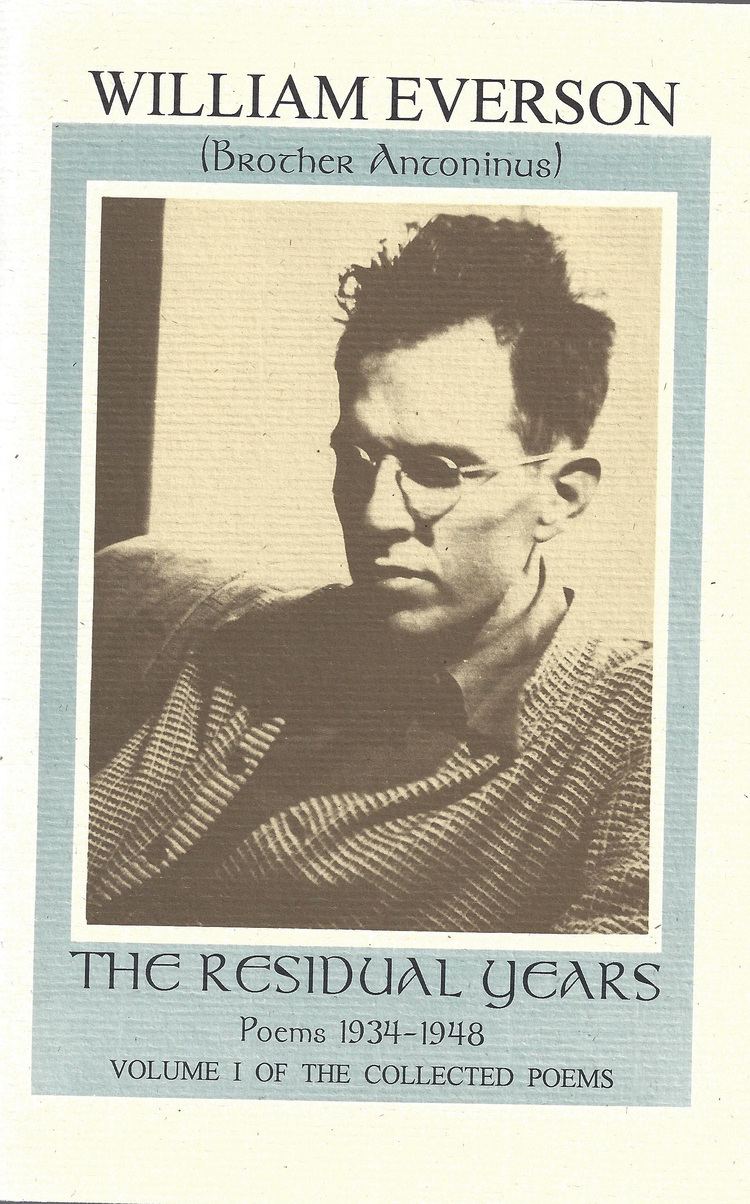
Everson spent most of his years living near the central California coast a few miles north of Santa Cruz in a cabin he dubbed "Kingfisher Flat". He was poet-in-residence at the University of California, Santa Cruz during the 1970s and 1980s. There he founded the Lime Kiln Press, a small press through which he printed highly sought-after fine-art editions of his own poetry, as well as of the works of other poets, including Robinson Jeffers and Walt Whitman. Granite and Cypress (1975) and American Bard (1982) are two examples of extraordinary book design and unsurpassed handpress printing in homage to these two masters. For the most part, Everson’s reputation was based on his poetry, printing, and public readings. However, his “Birth of a Poet” course presented for ten years at UC Santa Cruz demonstrated his extraordinary stature as a teacher, leading his students by his meditations on the deep reality of vocation, acquainting them with the literary, mythological, spiritual, and psychological dimensions underlying the vocational search. Between the Fall quarter of 1971 to the Winter of 1981, Everson taught on the “vocational archetype”—a destiny-factor in the dreams and fantasy-thinking of his students. The objectives of the course were not to call poets into being as the course title might suggest, but to birth personalities to their ability to read the poetry of their own existence, as evidenced in their dreams and inner imaginings. He taught that dreams throw out possibilities to us every night, the possibility of what we are to be, of the nature of our vocation. As a religious poet, Everson had learned from his time in the Order how to use silence on the platform itself, as a profound trance-like technique. He noticed later how people had spoken of readings from many years ago because of their powerful effect, the silences, so he employed this same method in his teaching at UCSC to evoke the archetype of vocation in his students dreams and fantasies. This had a tremendous transformative effect on the lives of many of his students. In 2009 Everson's former student, Steven Herrmann, brought renewed attention to Everson as a shamanic teacher. As Everson’s TA the year prior to Everson’s retirement in 1981, Herrmann later compiled a series of interviews with the poet-shaman between 1991-1993 that were published as William Everson: The Shaman’s Call. Parkinson's disease had made it very difficult for Everson to write, so the interview format became the best means of oral communication while his facultues were still sharp and his intuitions deepened with the increased wisdom of advancing age. Herrmann’s Introduction to this volume established not only Everson’s depth and excellence as a teacher in his own time and place, but also, and of particular importance, demonstrates Everson’s relevance to the 21st Century and its cultural milieu that Herrmann characterizes as post-Jungian. While Antoninus had not been called by vocation to the priesthood, Everson nevertheless maintained an adhesion to his Catholic faith until his final days. In 1982, by a meaningful coincidence, Everson was asked to write an "Introduction" to Victor White's book God and the Unconscious, which was re-printed by Spring Publications. In his "Introduction," Everson kept a middle position regarding the controversy that had broken out between Jung and White over the question of the dark side of God and the Self. To solve this conflict between White and Jung, Everson turned, with a stroke of brilliance, to the writings of the great mystical preacher and theologian, Meister Eckhart. The result was a remarkable meditation on the mystery of the Self and the Godhead. In the final two years of his life, with the decline brought on by Parkinson's disease, Everson worked diligently on a final and unfinished autobiographical work, Dust Shall Be the Serpent's Food. Everson died peacefully at his home on June 2, 1994, near two towering redwood trees in the wooded hills of Davenport, a few miles east of the Pacific Ocean on Big Creek. Following a Memorial Mass and funeral service at St. Albert's Priory, his body was finally laid to rest at the Dominican Cemetery in Benicia, California.
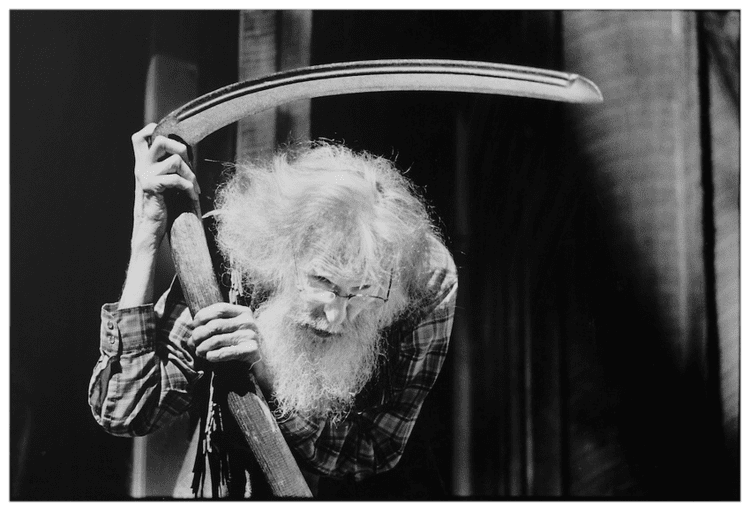
Two events celebrating the 100th anniversary of the poet's birth, “The Birth of a Poet: William Everson Centennial,” were recently observed; they were organized by Clifton Ross, Matthew Fox, and Steven Herrmann. The first event took place on September 21, 2012 at Berkeley City College, the second on October 20, 2012 at UCSC, Kresge College, where Everson taught his course. Many of Everson's students, friends, colleagues and admirers were present (poets, printers, editors, and writers alike); some of whom spoke at the event in fond remembrance: Allan Campo, Janet DeBar, Alan Stacy, Gary Young, Felicia Rice, Ken Weisner, and others.
Everson's papers are archived at the William Andrews Clark Memorial Library at UCLA and The Bancroft Library at UC Berkeley.
Black Sparrow Press released a three-volume series of the collected poems of Everson, the last volume of which was published in 2000. In 2003 the California Legacy Project published Dark God of Eros: A William Everson Reader. Edited with an Introduction by professor of American Literature at Stanford University, Albert Gelpi.
